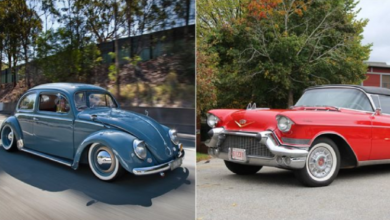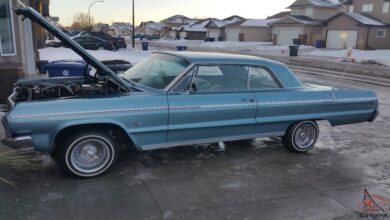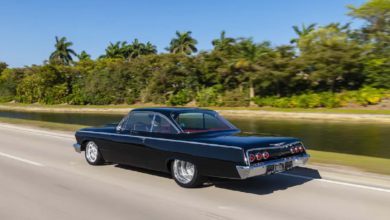Here’s Why The Largest Nazi Weapon Failed
Soon, after its production, the German army would discover that the weapon didn't operate as Hitler thought it would.
Schwerer Gustav’s gun was one of the most promising and largest projects in military history. Right before the outbreak of Second World War, while the military industry was developing and producing weapons, guns, and vehicles at an outstanding rate, the Gustav railway gun project was proposed. The biggest and most powerful gun ever created was designed in 1937.
Soon, after its production, it was discovered that the weapon didn’t operate as Hitler thought it would, and utlimately the project would fail completely.
The Development Of The Project
Some years before the start of World War II, the German Army High Command requested a gun that would be used in the invasion of France. More specifically the purpose of the weapon would be the destruction of the Maginot Line’s forts that the French were building at this time. The weapon was ordered in 1934 and it was sure from the beginning that due to its enormous mass it would need to be transported by rail.
Among other possible concepts, Hitler picked the design with the 80cm calibers in 1937 and set 1940 as the wanted completion date of the project. But, the development faced a lot of different issues. Considering that this gun weighed 1,350 tonnes, the practical needs of the project were very demanding. Although, the Krupp of Essen (their business was developing the project) made a successful prototype in 1939 that achieved to destroy the walls with the same structure as the French forts. After one year of final development, the final Gustav gun made its army introduction in 1941.
The Nazis order two guns in total but according to Wikipedia, the Krupp company only got paid for the second one as the Krupp dynasty supported the Nazi regime. The second gun cost almost $24 million or 7 million Reichsmark. The Gustav had two different fire options: a concrete-piercing shell and a high-explosive shell lighter than the first one.
Why The Gun Failed
Theoretically, the huge gun was successful as it could accomplish what it was built for. But in action, the first gun was used only one time in a real battle; In 1942, as part of the Sevastopol siege, the gun fired 47 rounds during June and helped in the destruction of the city. After this, the first gun was moved to Leningrad but the planned attack was canceled. The same situation happened with the second gun too, as the Germans retreated from Stalingrad before attacking it.
These two situations weren’t just ‘bad luck for the gun. In order to move it to such destinations, huge numbers of men were required for its transport making the whole operation of the weapon really difficult. For example, in Sevastopol, 4,000 soldiers were needed to put the Gustav in a firing position and also 500 to make it fire.
The train that moved the gun had 25 cars and was almost a mile long! Due to its size, the gun was arriving at the battle ‘too late’ and of course, the overall operation and deployment of the gun simply required too many hands on deck; it was deemed an inefficient use of time and manpower.






